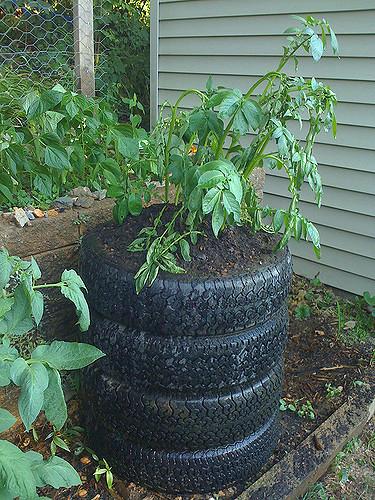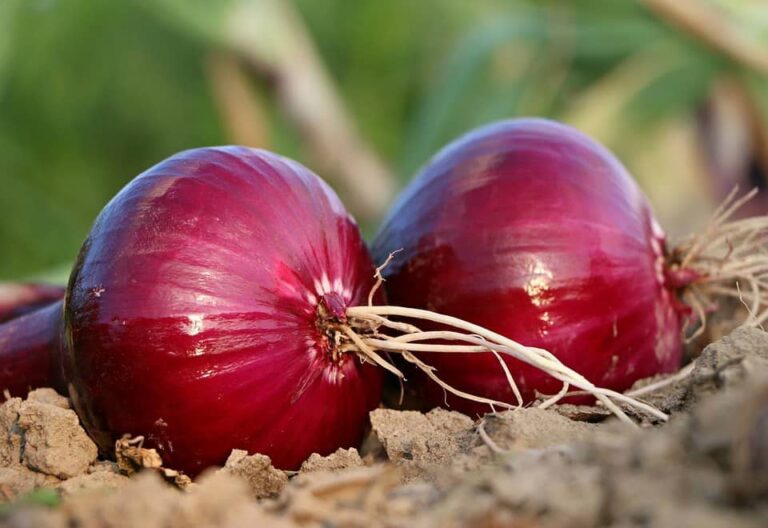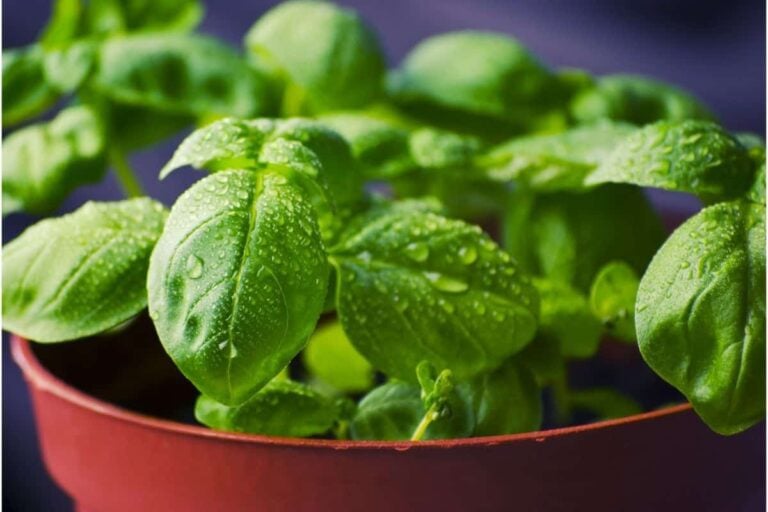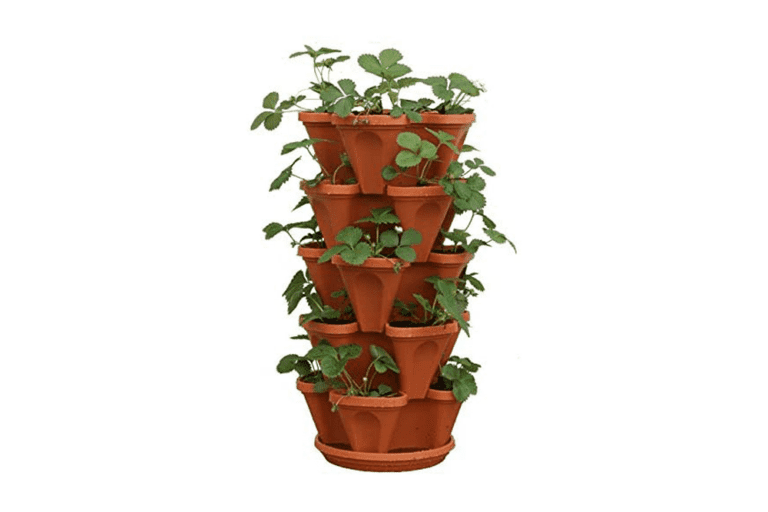Keep Warm with the Best Greenhouse Heater
Our recommendation for the best greenhouse heater is the Lasko Ceramic Heather with Adjustable Thermostat. Yet this item is but one of many options that you can use to add a little warmth to your greenhouse during those cold winter months. We’ve also included a few other recommendations below, along with some tips and info that can help you use your heater to its maximum effectiveness, regardless of what heater you buy.
Our Picks For The 3 Best Greenhouse Heaters
[wptb id="6923" not found ]
AT A GLANCE: Our Top Picks for Greenhouse Heater
The Importance of a Greenhouse Heater
If you treat gardening and crop-growing as a year-round affair, you probably already know that greenhouses can provide your fruits and veggies with the extra oomph they need to thrive in the midst of inclement weather. However, there may be times where the power of frigid conditions may overwhelm the structure. That’s where a heater can pay dividends.
A heater can counteract help pick up the slack for a host of issues, such as poor greenhouse insulation or if you happen to live in a colder region of the country. When the temperature is properly calibrated, the warmth emanating from a heater can ultimately draw the fine line that separates good and poor health in your plants and veggies.
A Greenhouse Heater in Action
Essentially, a heater won’t act much differently in your greenhouse than it would in other parts of your property. As this video demonstrates, once the heater gets going, you’re well on your way to providing your plants with the temperature boost they need to properly thrive.
Greenhouse Heater Types
Even though greenhouse heaters all share the same endgame of providing warmth for your plants and veggies, there are numerous options that you can choose from to bring about this process. What’s more, they all come in various shapes, sizes, and means of functionality. It’s important that you analyze these different types before you rush out and purchase one.
The most common greenhouse heater you’ll run into is a paraffin heater. These cylindrical heaters are about as basic a model as you can get. They also tend to be very cost-effective, despite the fact that you have to inject them with fuel to get them to run.
The downside to this cost-effective unit is that the fuel they use isn’t all that common. As such, unless you know a place where you can reliably get the substance, you may have a rough go at finding a supply. Also, because they tend to be controlled manually, they may end up running a bit longer than you’d like.
Another common greenhouse heater is powered by gas, either natural or bottled. These types of heaters tend to be a hit with horticulturalists, who tend to appreciate the heater because it tends to be cost effective.
The only problem with using a gas-powered heater is built around ventilation. Specifically, if you don’t have an efficient ventilation system built into your greenhouse, you run the risk of having smoke or fumes accumulate trapped in your greenhouse. Needless to say, this can do substantial harm to your plants if left unchecked.
The other big option you can opt for is an electric greenhouse heater. This is generally considered to be popular for the casual gardeners, because it’s very design seems equipped for those that are looking to ease into the concept of greenhouse heaters.
There are a couple of reasons why electric greenhouse heaters may be a viable option for novices. First off, they tend to be rather effective at retaining temperature levels on a constant basis within a given area. Plus, the devices will not give off any plant-damaging fumes; if your greenhouse doesn’t have a whole lot of ventilation, no problem.
The biggest drawback to having an electric greenhouse heater is the price. It does indeed tend to be more expensive than their gas or paraffin counterparts. If you’re savvier when it comes to working with greenhouse heating systems, you may find that buying a more cost-effective unit is more your speed.
Of course, if you don’t have a means to supply power to an electric greenhouse heater, all matters of plus and minuses are effectively rendered moot. If you are considering going the electric route, it’s important that you make sure it can be powered sufficiently.
When and Where to Use a Greenhouse Heater
Obviously, it’s wise to have your greenhouse heater at the ready when the temperature starts to drop. However, this doesn’t necessarily mean that your heater should be relegated to “turn it on and forget it” mode.
For instance, here’s a quick guide for heating a small greenhouse:
For instance, you’ll want to carefully monitor heater usage from sunup to sundown. If the daytime outdoor temperature is pretty decent, excess heat from a heater may make it harder for you to regulate the greenhouse’s temperature properly.
You’ll also want to make sure your heater is placed in a good spot to maximize its effectiveness. Factors such as the size and shape of the greenhouse, the location of shutters or vents, and the direction of the heat are all factors that should be addressed as you prep its placement.
In some cases, you may find that mounting the heating unit from the ceiling of your greenhouse is your best bet, as it may produce a more even distribution of the heat. Several factors must be weighed before going this route, including the weight of the unit and the material used to make the greenhouse.
Then again, one of your most important decisions you can make regarding the use of a heater doesn’t even involve the heater in the first place. Rather, it involves the crops. If you’re planning on devoting your gardening talents to warm-weather crops such as tomatoes, peppers, and eggplant, you may not need to invest in a heater in the first place.
Our Recommendation: Lasko Ceramic Heater with Adjustable Thermostat
When you are dealing with keeping your greenhouse at a decent temperature during the cold winter months, regulating the warmth is very important. If you’re new to the world of greenhouse gardening, you may find executing this necessity to be surprisingly difficult.
The reason we like the Lasko Ceramic Heather with Adjustable Thermostat is because it’s thermostat component makes it easy for you to control the temperature to match your garden’s needs. If you’re choosing to use an electric heater, making sure it contains an easy to use temperature dial could save you from a lot of headaches.
This electronic model also has an automatic shutoff to prevent overheating. This could be a feature that a novice greenhouse gardener seeks out, if only because it may be easy to forget about the heater if you’re not used to it being in your greenhouse. This neat little feature will help keep your crops protected as you learn the ropes.
Eventually, once you get used to heating your greenhouse during the cold winter months, you’ll be rewarded with an abundance of delicious crops when the harvesting season comes. Keeping your veggies warm during the harshness of winter may be a pain, but you’ll find that it’s worth the struggle.






